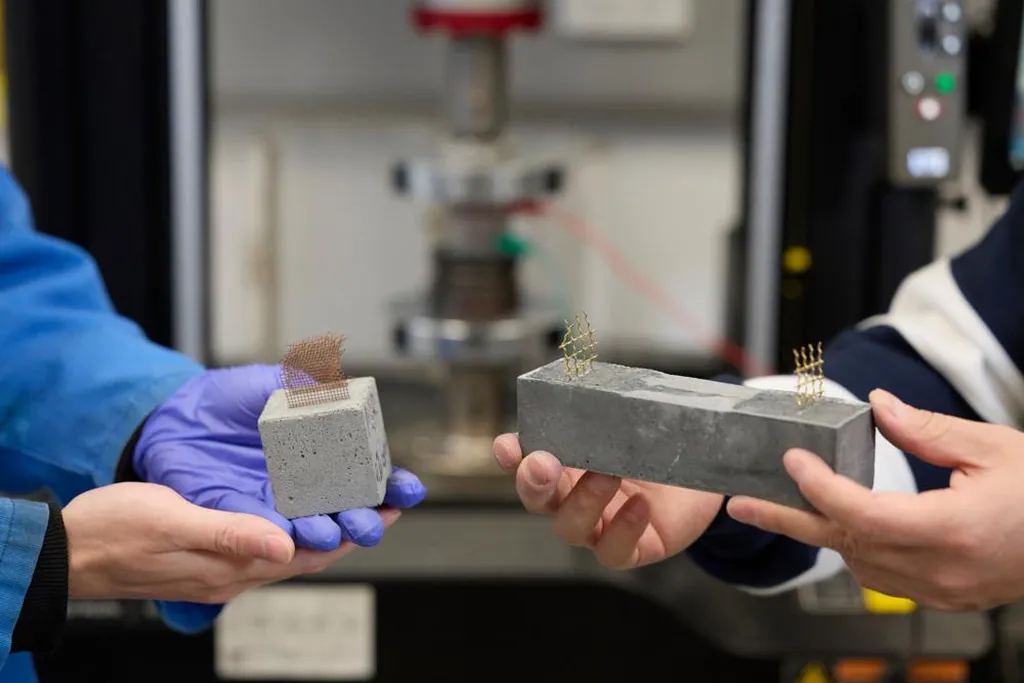In a significant stride towards sustainable construction, researchers have developed a framework that not only promotes the use of recycled concrete but also optimizes its design to reduce carbon emissions. This innovative approach, detailed in a study led by Weina Zhu from the School of Economics and Management Engineering at Beijing University of Civil Engineering and Architecture, could reshape the way infrastructure projects are planned and executed, particularly in the energy sector.
The study, published in the Journal of Civil Engineering and Management (translated as ‘Civilinžinierijos ir valdymo žurnalas’), introduces a sustainable design framework for recycled concrete that incorporates shape optimization and carbon dioxide (CO2) emission analysis using life cycle assessment (LCA). This method aims to enhance resource efficiency and reduce carbon emissions, addressing a critical need in the construction industry.
“We were motivated by the urgent need to switch from waste concrete disposal to recycling,” Zhu explained. “Our goal was to develop a framework that not only promotes recycling but also optimizes the design of recycled concrete to minimize carbon emissions.”
The research involved testing two water-cement ratios (WCR) and four recycled concrete aggregate replacement rates (RCARR) on both natural aggregate concrete (NAC) and recycled aggregate concrete (RAC) samples. The study also explored four different shape options for RAC structural members, optimizing and comparing their designs.
One of the key findings was that the regular hexagonal RAC structural member was the most effective, achieving a carbon reduction rate of about 9% in the G35 Expressway slope project case study. The research also revealed that life cycle carbon emissions decrease with the increase of WCR and RCARR. Additionally, the study identified the key processes for carbon emission reduction in RAC, which include the raw material acquisition and transportation stage, as well as the carbonization absorption stage.
“Our findings suggest that there is a transport distance threshold beyond which the life cycle CO2 emissions of RAC exceed those of NAC,” Zhu noted. “This is an important consideration for future infrastructure projects.”
The implications of this research are profound for the energy sector and beyond. By optimizing the design of recycled concrete and reducing carbon emissions, this framework could significantly lower the environmental impact of infrastructure projects. This could lead to more sustainable and cost-effective construction practices, benefiting both the industry and the planet.
As the construction industry continues to grapple with the challenges of sustainability and resource efficiency, this research offers a promising path forward. By embracing recycled concrete and optimizing its design, we can build a more sustainable future for all.

